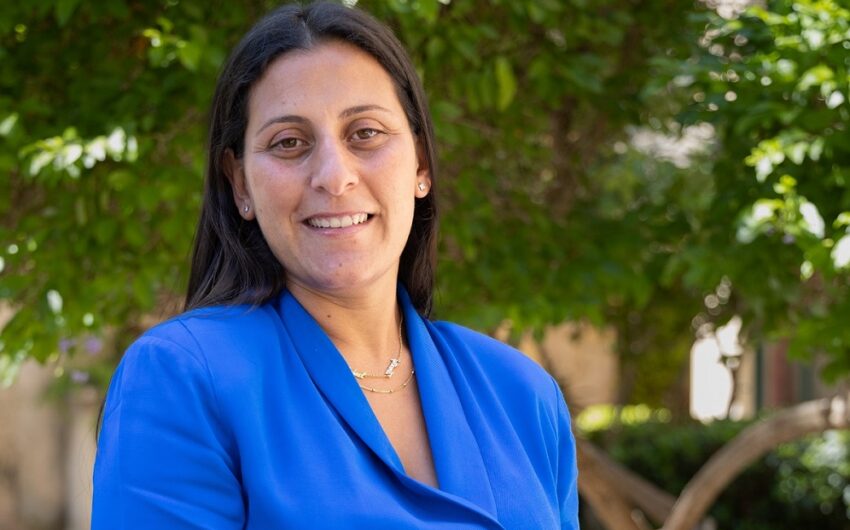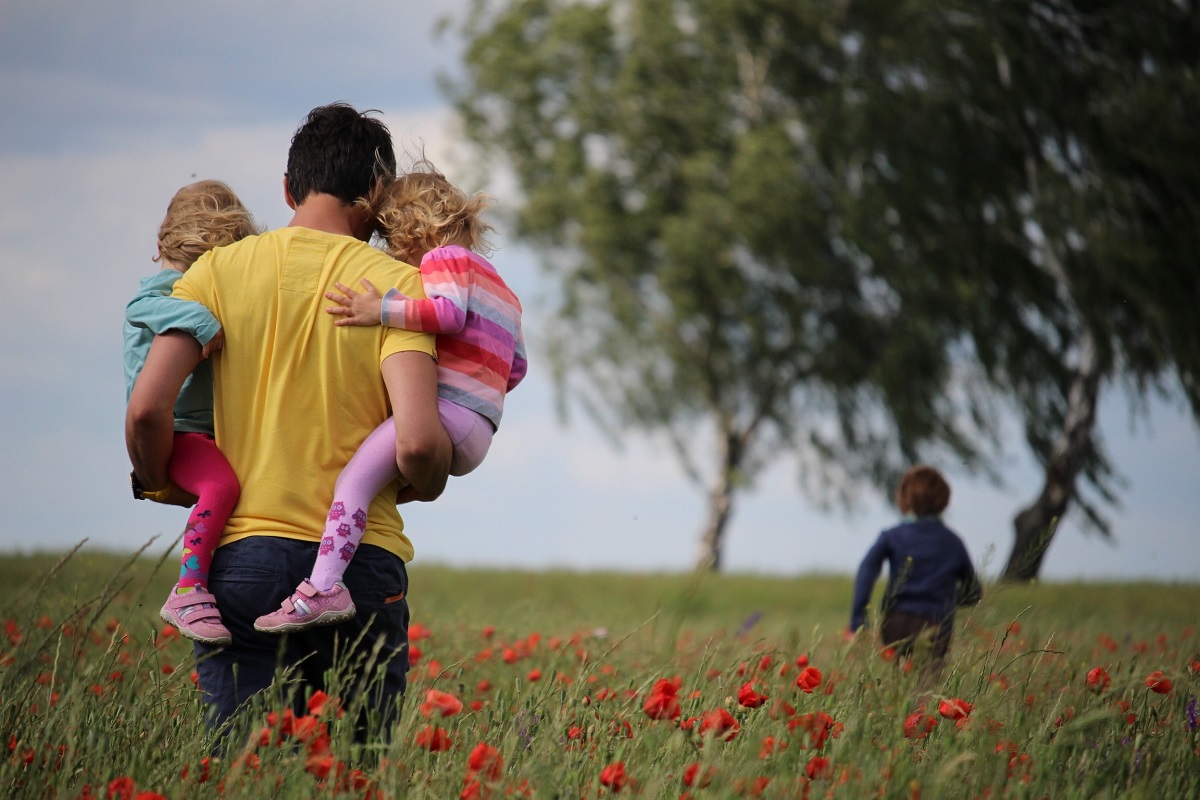
Alternative care is defined as the formal placement, wherein a child is looked after other than at the parental home. The family is a very important structure in society, but the state cannot tolerate, violence, abuse and neglect. No child should be removed from his/her family without a valid reason and after considering all views, in the child’s best interest. Every child has the right to be brought up in an environment of a supportive family, nonetheless, more than 3 million children worldwide live in residential care. This figure is likely to be much higher since many of the children are not registered with any institution or family whatsoever.
UNICEF believes that every child and young person should live in a supportive, protective and caring environment that promotes her/his full potential. When analysing the potentials of alternative care, one must further emphasize the importance of having a structure, that is stable and yet flexible in providing the children and young ones with their personal needs. This entails seeking a more holistic approach, to taking care of the kids in the residential home. Alternative care for these children, that have been faced with circumstances that have crushed their personalities and their formation, should primarily reflect the ambience of a family.
Several studies have shown, that the immediate and long-term damage is caused by family separation and unsustainable alternative care, particularly in large institutions. They are often characterized by inherently harmful living arrangements such as forced cohabitation. This emphasizes the importance of keeping siblings together and keeping children and young people within their culture.
Fixed routines that are not tailored to the individual needs can also be harmful and the ability to choose what suits the individual best in an institution is often disregarded. The child’s rights should be an integral part of public policies, programmes and decisions but most importantly should be applied in the day-to-day running of alternative care.
Every child has the right to grow up in an environment that supports his/her physical, psychological, social and emotional development. UN guidelines on Alternative Care for children reaffirm the Universal Declaration of Human Rights and the Convention on the Rights of the Child and provide concrete guidance aimed at guaranteeing the protection and wellbeing of children and adolescents who lack parental care or are at risk of finding themselves in that situation (UN Guidelines of alternative Care of Children 2010).

Life in an alternative care structure should be more emotional rather than mechanical. The one size fits all is not the ideal environment for any family, let alone for children struggling with their own past situations and relationships. The child should be viewed as a person with his or her own rights, able to participate in his/her own upbringing and participation in the choices that will effect his/her future.
When focusing on the child’s education within alternative care (depending on their levels and abilities) the outcome has proved to be more positive. Education and child support yield fruitful results in the long term. This together with stability through permanency planning and reduction in transfers. The separation and anxiety brought about with every change has proved to be very harmful to the child. Active participation by the child in their placements is of utmost importance.
Children in alternative care have complained about the urgency and abrupt end to their placements. Although studies of deinstitutionalisation have shown that the ideal scenario is for the child to be placed in a foster care family yet the effects on the child are dependent on how this takes place. This is done through preparation in their foster placements gradually and not on the day the child is actually transferred. It is worth noting that participation in matters concerning the child is paramount for his/her support. As experienced by children, abrupt transfers tend to interfere with the children’s psychological well-being. It is of utmost importance that meetings are held between the future foster parents and the child prior to the actual placement taking place.
Residential carers play an important role in creating a family-like situation where the child feels special, loved, valued and wanted. Through effective carers, social workers and other people involved in the child’s upbringing, one creates reassurance of having someone there when the need arises. The family life relationships built in a residential home establish the emotional stamina required for the child to face future relationships. The idea of the residential home as a safe haven. In good quality alternative care, parents have access to counselling, mental health support and respite services whilst keeping children and young people safe from harm.
More children are facing emerging and growing urban challenges that affect their ability to live, thrive and grow in a safe, clean and resilient environment. Having a child-friendly city will directly contribute to having sustainable development goals, and make cities and human settlements inclusive, safe, resilient and sustainable. Young people with a history of maltreatment may also use substances as a coping mechanism to address mental health needs (jones 2010; Gallaher,2015). Research has shown that more than 70% of children in foster care have aspirations to get postsecondary level education (Courtney, Terao&Boost, 2004), however, only 39% manage to register in two-year or four-year institutes of higher learning.
Nevertheless, in an ideal system, the preparation for children for their future adult roles will include the provision of life skills, discipline and career development. Through social contact the care leaver has a mentor and financial assistance.

Additionally, preparation for leaving care remains an enduring challenge for the care system. Dixon et al.,(2004) asserted that good preparation support was associated with longer and more settled care careers. Leaving care early, at age 16 or 17, was frequently associated with shorter more unsettled care careers and was more common for young people exhibiting challenging behaviours.
Successful transitions of care leavers into adulthood mentioned these characteristics that helped them to transition:
- Had role models and pathfinders to help them reach their goals
- Were involved in group activities, clubs etc.
- Had developed a positive self-image through supportive relationships
- Were exposed to opportunities
- Engaged in positive thinking strategies – were self-reliant and assertive (Kufeldt 2003)
There is no doubt whatsoever that when young people leave care, they constitute a vulnerable group in view of the traumas many have suffered before entering care and the extended periods of uncertainty and instability they may experience while in care. These circumstances complicate rather than promote their health and well-being. The problems they then face in negotiating the transition to adulthood are even greater. In comparison to their peers leaving home, young people leaving care do so at significantly younger ages, with few options for ongoing support to continue or complete their education and no opportunities to return to their former accommodation when they need to as part of a gradual process of “final leaving” and assuming self-sufficiency.
The biggest potential in good quality alternative care is for the child to aspire to be someone more whole than circumstance intended him to be, to establish resilience and become beloved.
